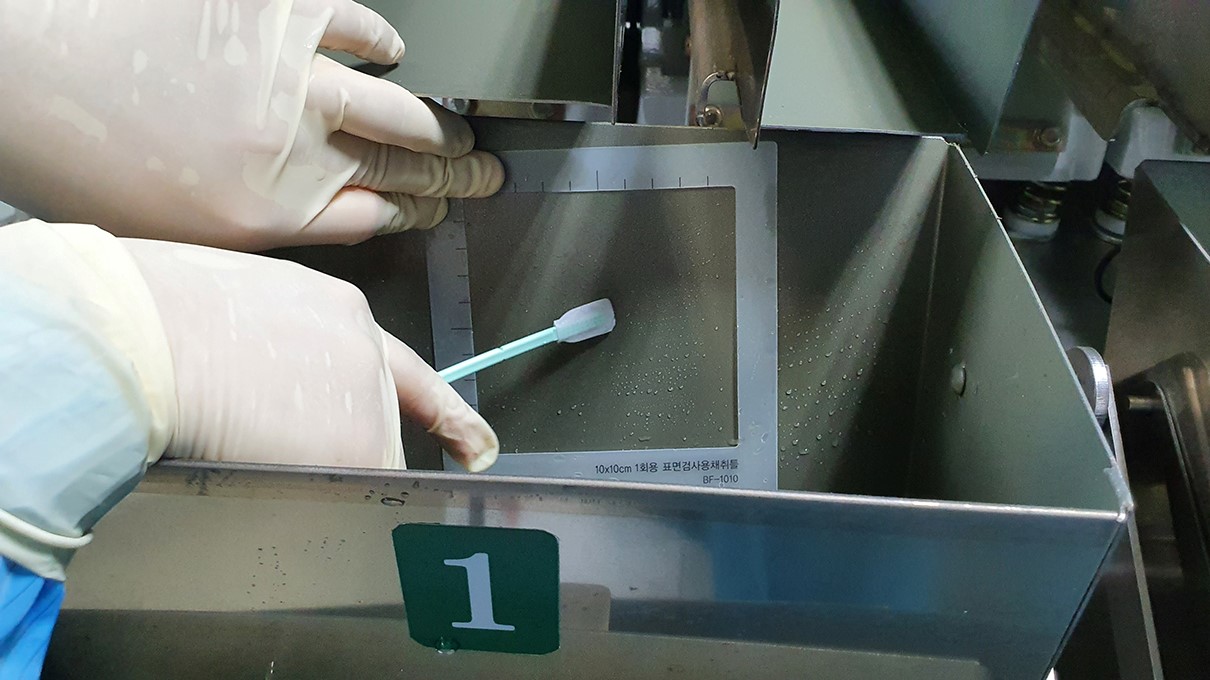Introduction
Being a manufacturer in today’s world doesn’t necessarily require physical production. In the medical device industry, companies often outsource various aspects of device production. This approach allows for faster and cost-effective development of new devices by partnering with other manufacturers, known as Original Equipment Manufacturers (OEMs). By adopting this strategy, companies can become “virtual manufacturers” and put their name on the produced devices. However, as virtual manufacturers, they assume all legal responsibilities associated with the devices, effectively becoming the manufacturer. Therefore, virtual manufacturers must comply with the same regulatory requirements as traditional manufacturers.
Impact of Brexit on Medical Devices – CE Mark
In 2021, the Medicines and Healthcare products Regulatory Agency (MHRA) released an updated guidance specifically tailored for virtual manufacturers of medical devices, considering the implications of Brexit. Previously, the UK adhered to EU regulations, but this has changed. One of the key areas requiring revision was the requirement of a CE mark for medical devices.
The CE mark, represented by the logo CЄ, signifies that the manufacturer has verified the product’s compliance with European health, safety, and environmental standards. It is not an indicator of quality or a certification mark but rather confirms a product’s adherence to EU legislation. The CE mark enables unrestricted movement of products within the European market. It does not indicate the product’s origin, but rather its eligibility for sale in the European market. The CE mark applies to various products, ranging from electrical equipment to toys, and from civil explosives to medical devices.
However, due to the UK’s departure from the EU, new markings were introduced to align with the new requirements for placing products in the UK market. Two new markings were implemented: the UKCA mark, valid in Great Britain, and the CE UKNI mark, required in Northern Ireland. Distinct regulations exist for Great Britain and Northern Ireland.
Updated Guidance
Currently, a CE-marked device with a valid certificate is considered to meet the UKCA marking requirements in Great Britain until 30 June 2023. However, starting from 1 July 2023, all new devices intended for the Great Britain market must comply with the UKCA marking requirements. The UK guidance for virtual manufacturing of medical devices was recently updated to indicate that efforts are underway to extend the acceptance of CE-marked medical devices in Great Britain beyond 30 June 2023.
It’s important to note that for medical devices in Northern Ireland, the CE mark is still required. Products must meet EU regulations to be placed on the Northern Ireland market.
The additional UKNI mark is only necessary under specific conditions. Both the CE UKNI mark and the UKCA mark are not accepted in the EU; only the CE mark is recognized.
Summary
The UK government has issued an updated guidance for virtual manufacturers, stating that CE-marked devices will continue to be accepted in the Great Britain market beyond 30 June 2023. This change ensures a smoother transition, while minimizing the risk of supply disruption for UK patients.
For more information on virtual manufacturing of medical devices, please refer to the UK government’s guidance at the following link: Virtual manufacturing of medical devices – GOV.UK (www.gov.uk)
For further details on medical devices, consult the UK government’s guidance: Medicines, medical devices and blood regulation and safety: Medical devices regulation and safety – detailed information – GOV.UK (www.gov.uk)
List of References
Virtual manufacturing of medical devices – GOV.UK (www.gov.uk)
Regulating medical devices in the UK – GOV.UK (www.gov.uk)
CE marking – GOV.UK (www.gov.uk)
Medical devices: EU regulations for MDR and IVDR (Northern Ireland) – GOV.UK (www.gov.uk)
Interested in learning more? Contact us today to find out how we can help with your technical needs.
Similar posts

28 September 2022
FDA FY2021 Report


